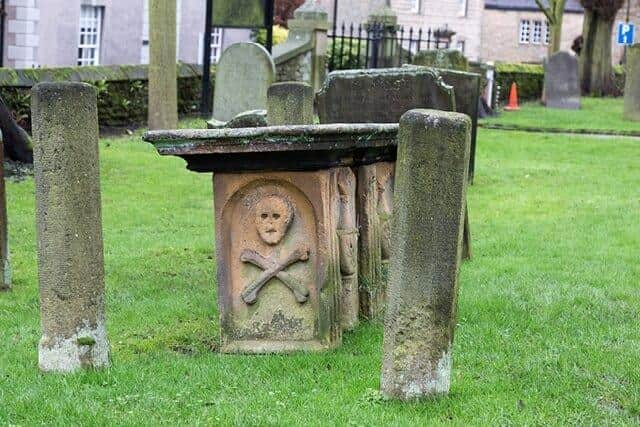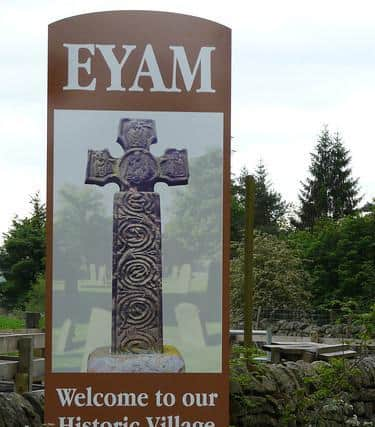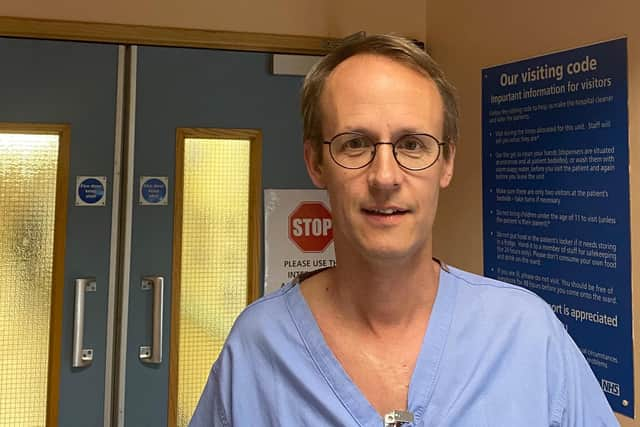Doctor from Derbyshire ‘plague village’ takes part in his own Covid-19 research study after contracting virus
and live on Freeview channel 276
Dr Nick Spittle, an ITU consultant at Chesterfield Royal Hospital, is one of the principal investigators for the RECOVERY study, which is exploring whether a number of existing drugs could be used to treat the virus.
After developing symptoms including breathlessness and a raised temperature over the Easter weekend, Dr Spittle found himself admitted to the hospital as a patient where he received treatment for more than a week.


Advertisement
Hide AdAdvertisement
Hide AdDr Spittle subsequently took part in the RECOVERY study, becoming one of more than 50,000 people in the country who have now participated in Covid-19 research.
He said: “Research is key to helping us understand more about Covid-19 and I have been inspired by the determination of patients to take part in these vital research studies.
“It was a bit surreal to become one myself and take part in a research study that I was working on – but I wanted to contribute in any way I could.”
The Great Plague


Dr Spittle has now returned to work but is currently spending some time recovering from the illness at his home in Eyam.
Advertisement
Hide AdAdvertisement
Hide AdIn 1665, a tailor from the village ordered a box of materials from London.
He unwittingly triggered a chain of events which led to 260 Eyam villagers dying from bubonic plague.
This was more than double the mortality rate suffered by the citizens of London in the Great Plague.


The village became famous for the self-sacrifice of locals who chose to quarantine themselves to stop the disease spreading and to protect others.
Advertisement
Hide AdAdvertisement
Hide AdDr Spittle added: “Living in Eyam, I see daily reminders of our historic response to the plague many centuries ago.
“A lot has changed since then – but one thing that has stayed the same is the determination of people to do what they can to help others.
“I’m happy to join the tens of thousands of people across the country in taking part in research so that together we can find the treatments and vaccines needed to beat this disease.”